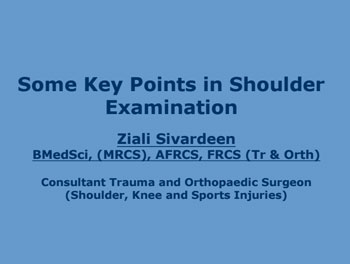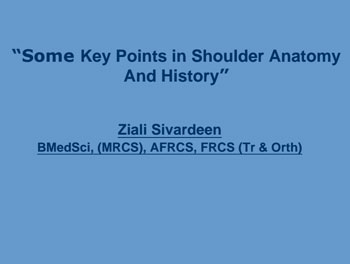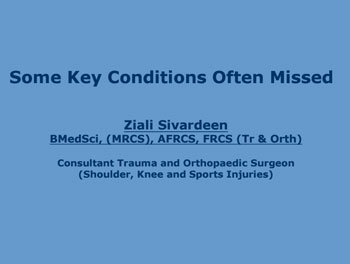
Shoulder Instability
Shoulder instability occurs when the shoulder feels weak, and unstable. The shoulder may dislocate or feel like it will dislocate. It may occur following an injury such as a fall or commonly in contact sports such as rugby where the shoulder dislocates damaging the tissues. It may also occur by itself without any obvious cause – this is due to general laxity of the joint.
Why does the shoulder dislocate?
The shoulder is a ball and socket joint. Many important structures keep the shoulder in joint. These include the shape of the bones, the cartilage around the socket (the glenoid labrum). And strong Ligaments and capsule surrounding the joint.
Anything that affects the normal anatomy of these structures or the way they interact may lead to shoulder instability.
If the shoulder dislocates the labrum commonly detaches from the bone or there is bone damage which makes the shoulder more prone to further dislocations.
What is the treatment?
Like with many conditions, there are many treatment options. Physiotherapy may help to strengthen the muscles surrounding the joint, and help stabilise the shoulder
However, surgery may need to be performed. This maybe via arthroscopic or keyhole surgery or an open operation.
During the keyhole operation the torn structures are reattached to the bone via special anchors and stitches. Usually 3 small (0.5 cm) wounds are made around the shoulder in order to allow a camera (arthroscope) to look into the shoulder and the instruments (used to do the operation) into the shoulder.
The Anchors are inserted into the socket of the shoulder joint. Special Sutures attached to the anchors are then passed through the torn structures which are then tied down, back to the bone. Sometimes though, the dislocations lead to bone damage around the ball and socket of the shoulder and this bone needs to be put back to stop shoulder from re-dislocating. In situations like this, open surgery is necessary to compensate for the bone injuries. The procedure (the Laterjet Procedure) involves the transfer of part of the coracoid bone to the front of the shoulder socket, which replaces missing bone or deepens the socket. The muscles attached to the coracoid bone add extra stability to the shoulder.
Which ever operation is decided upon, the arm will be in a sling for approximately 4 – 6 weeks, before shoulder range of movement is re-established. During the initial period patients are not allowed to drive.
A strengthening programme is subsequently employed usually with light weights 6 – 8 weeks post surgery. Non contact sport is usually recommended 3 months following the surgery, with contact activity initiated between 4 – 6 months dependent on progress.
Ask your shoulder doctor / specialist for more information if required, when you see him.




